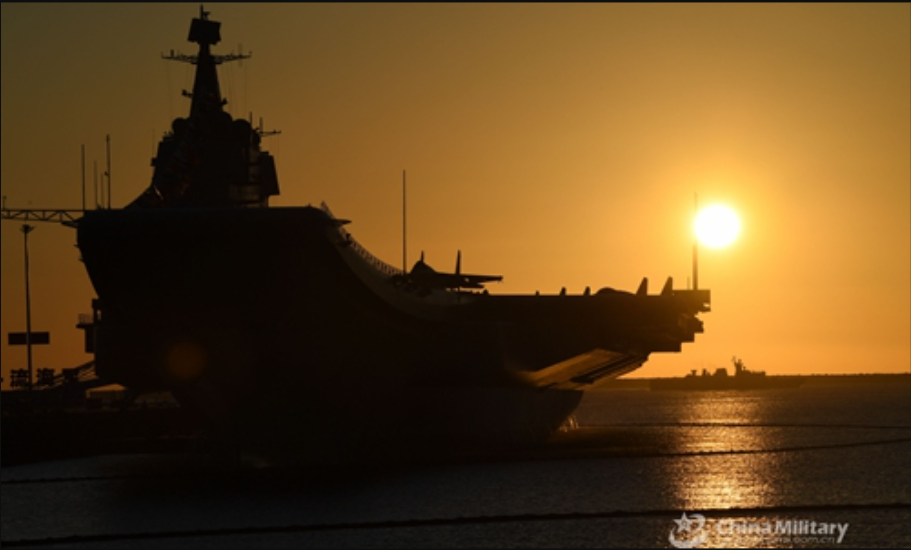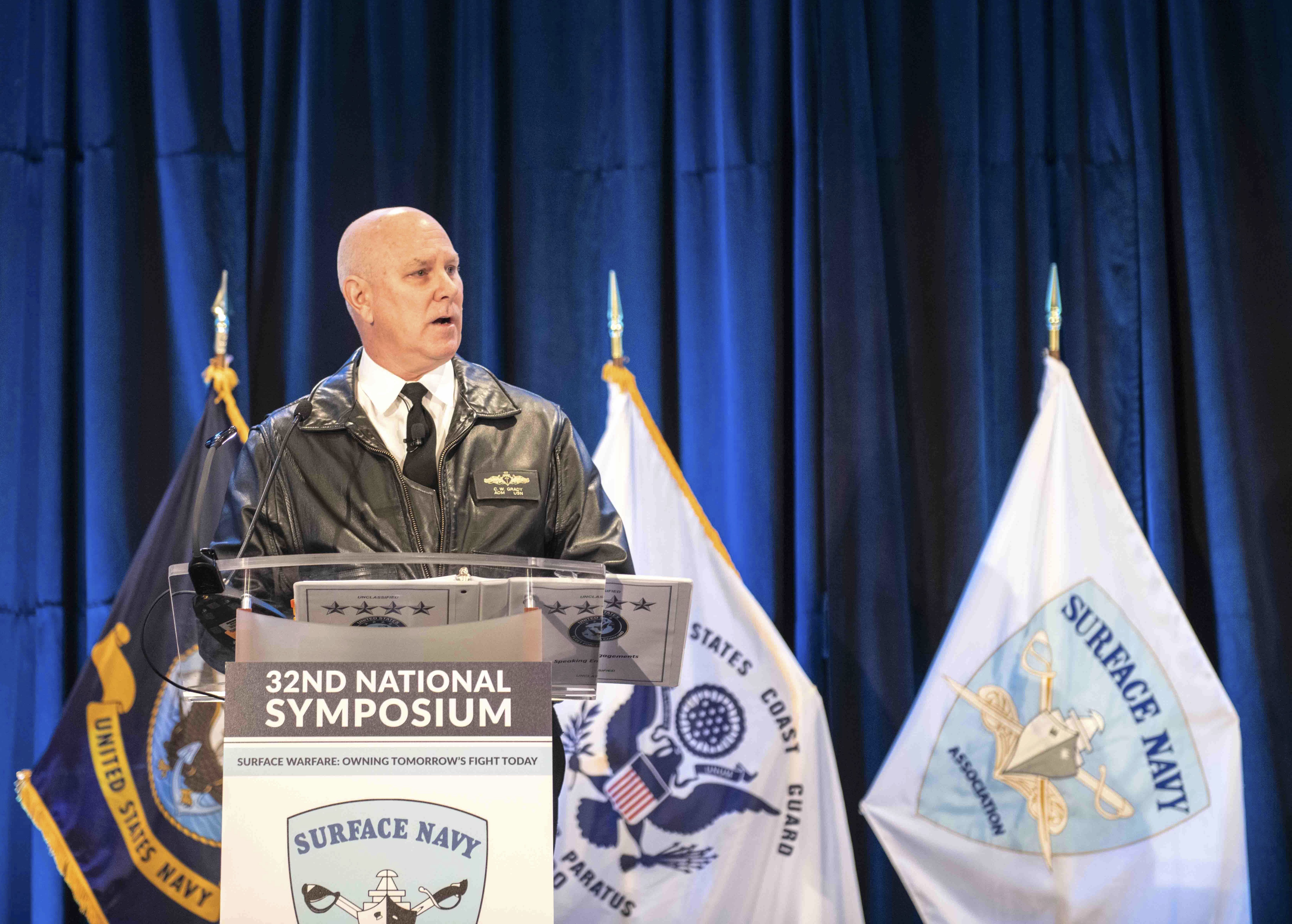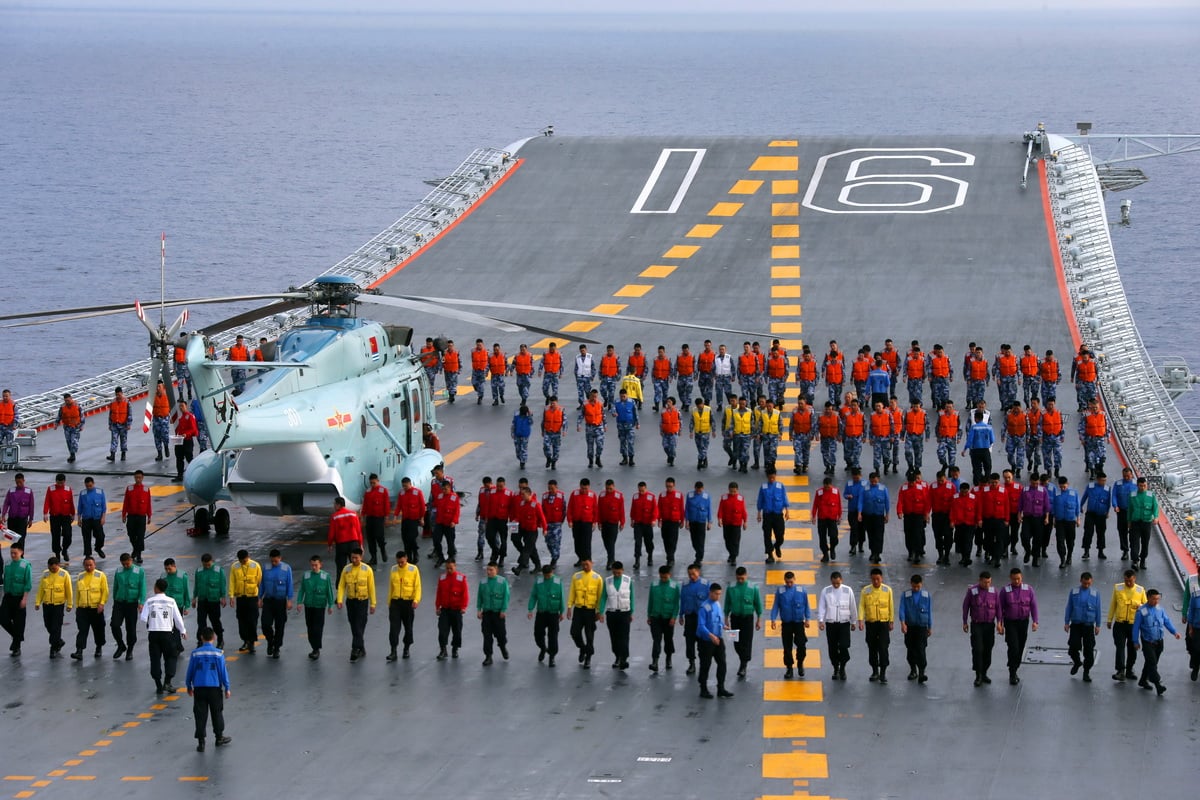
China’s pursuit of more aircraft carriers validates the U.S. Navy’s commitment to building more American aircraft carriers in the future, the U.S. admiral in charge of providing forces to the fleet said on Thursday.
“Good on ‘em. It makes the argument that carriers are important,” Adm. Chris Grady, commander of U.S. Fleet Forces, said on Thursday. “We have them. They want them and they’re building them.”
Grady was responding to reports based off a new analysis on China’s carriers from the Center for Strategic and International Studies’ China Power group. The report gave new details on the People’s Liberation Army Navy’s third aircraft carrier currently under construction outside of Shanghai. Experts predict the so-called Type 002 carrier will feature a catapult launching system that will be able to launch more aircraft with heavier weapons than China’s two existing carriers based on Cold War-era Soviet designs, according to the report.

“To me that makes all the sense, they’re a maritime power and they understand the great value that comes from carrier aviation and how that can shape the international environment. It’s taken us over 100 years to get that right,” Grady said during the American Society of Naval Engineers 2020 Fleet Maintenance Modernization Symposium.
“Lot of blood, lot of loss of life, a lot of sweat and tears to make naval aviation work. We’ve got a huge lead and one that will continue to expand into the future. Go ahead and build that big ship, but to build the eco-system that is naval aviation that brings that ship to life – that’s going to take a lot of hard work and time.”

Since the first Chinese carrier Liaoning commissioned in 2012, the PLAN has steadily developed a basic naval aviation capability starting with a second-hand Soviet carrier and an air wing based on Shenyang J-15 Flying Shark – a knock-off of the Russian Sukhoi Su-33 fighter. The Chinese reversed engineered the design and commissioned a second carrier, Shandong, in 2019.
Borrowing heavily from U.S. carrier procedures – down to the color of uniforms on the flight deck – the PLA has reached the point where it can deploy two carrier strike groups simultaneously. Earlier this week, the state-controlled Global Times reported both carriers had deployed from their respective homeports for carrier drills.
While Beijing has highlighted imagery of the two carriers deployed, the effectiveness of Chinese naval aviation on the first two ships has been questioned. While the ski-jump ramp design can effectively launch combat loaded J-15 fighters, heavier aircraft like airborne early warning planes would not be able to launch from the two carriers, USNI News reported in 2016.
The key feature of the Type 002 is an angled flight deck that would include either a steam or electronically launched catapult launching system like those on the Nimitz and Gerald R. Ford-class, reads the Pentagon’s annual report to Congress on Chinese military capabilities.

“This design will enable it to support additional fighter aircraft, fixed-wing early-warning aircraft, and more rapid flight operations and thus extend the reach and effectiveness of its carrier based strike aircraft. [China’s] second domestically built carrier is projected to be operational by 2024, with additional carriers to follow,” reads the study released in August.
The future efficacy of the U.S. carrier force has been a key point of debate as the Navy and the Pentagon map out the future force structure of the service.
Last year, the Pentagon proposed shedding a carrier early and divert those savings in a sweeping proposal that would have routed the money to other priorities.
Grady’s comments come as the Navy and OSD’s Integrated Naval Force Structure Assessment, due out in a few weeks, will outline the future of the U.S. carrier fleet.
Without giving details, Grady said, “As part of that future force structure, carriers will remain central to what we do.”





